Container shipping plays a pivotal role in facilitating global trade, and understanding the associated costs is crucial for businesses looking to import goods effectively. One of the key routes in this landscape is from China to San Pedro, a bustling port city in California. This article delves into the intricacies of container shipping, focusing specifically on the costs of shipping both 20 ft and 40 ft containers. Whether you are a seasoned importer or new to the process, this comprehensive guide will provide valuable insights into optimizing your shipping strategy while managing costs effectively.
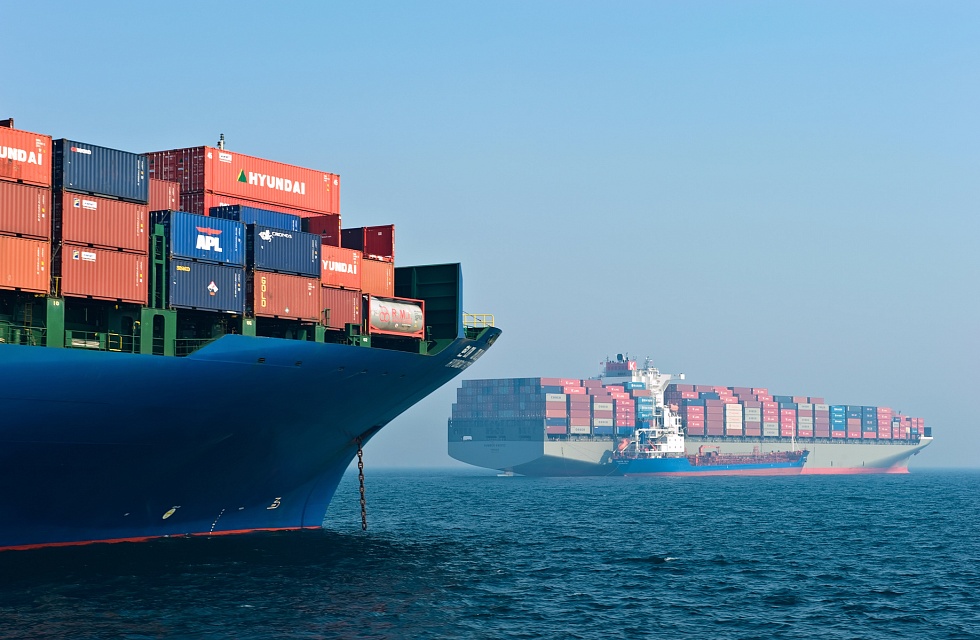
Understanding Container Shipping Costs from China to San Pedro
Container shipping serves as a critical backbone for global trade, and understanding its intricacies is vital for businesses looking to import goods effectively.Container shipping involves the transport of cargo in standardized containers, allowing for efficient handling and transfer between different modes of transportation, including ships, trucks, and trains. The containers are made to meet international standards, facilitating easy loading and unloading, which streamlines the logistics process. One prime route is from China to San Pedro, a bustling port city in California.
The Mechanisms of Container Shipping
Container shipping operates on a well-established system that includes:
- Container Loading: Goods are loaded into containers at manufacturing sites or warehouses.
- Transportation to Port: Containers are transported to the nearest port.
- Loading onto Vessels: Containers are loaded onto cargo ships for transit.
- Shipping: The cargo ship navigates from the departure port to the destination port.
- Unloading and Distribution: Upon arrival, containers are unloaded and transported to their final destination.
This system is especially important in an era where just-in-time inventory is critical for businesses, enabling them to minimize storage costs while ensuring product availability.
Importance of Container Shipping in Global Trade
Container shipping is indispensable for global trade for several reasons:
- Cost Efficiency: Shipping goods in bulk using containers significantly reduces the cost per unit, making it economical for businesses.
- Flexibility: Containers can accommodate a wide variety of goods, ranging from raw materials to finished products, providing flexibility for importers.
- Security: The sealed nature of containers minimizes the risk of theft and damage during transit.
- Environmental Impact: Container shipping is one of the most environmentally friendly modes of transport when measured against the volume of goods transported per unit of carbon emissions.
Understanding the broader implications of container shipping can lead to better-informed decisions when it comes to logistics management.
20 ft Container Shipping Cost from China to San Pedro
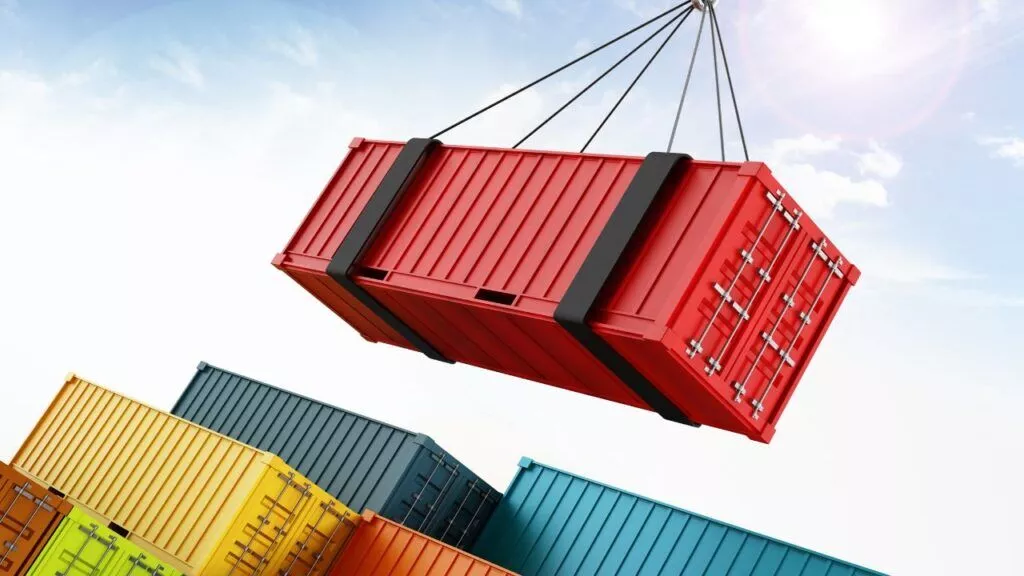
When considering the costs involved in shipping a 20 ft container from China to San Pedro, it’s essential to break down the various components that contribute to the overall price. Here’s a detailed cost breakdown:
Cost Breakdown for 20 ft Containers
| Cost Component | Estimated Cost (USD) | Details |
|---|---|---|
| Base Freight Rate | $1,200 – $2,500 | Varies by season, shipping line, and booking time. |
| Fuel Surcharge | $150 – $300 | Based on fluctuating fuel prices. |
| Port Handling Fees | $100 – $400 | Charges for loading, unloading, and storage. |
| Customs Clearance | $100 – $300 | Fees for documentation and customs broker services. |
| Delivery Charges | $200 – $600 | Costs for transporting the container to the final destination. |
| Insurance | $100 – $300 | Optional, but recommended for high-value goods. |
Total Estimated Cost
Considering all the factors listed, the total estimated cost for shipping a 20 ft container from China to San Pedro typically ranges from $1,950 to $4,600.
This broad range reflects variances in shipping lines, seasonal pricing, and specific cargo requirements. To ensure the most competitive pricing, it is advisable to consult with professional freight forwarders like Dantful International Logistics, known for providing cost-effective and high-quality one-stop international logistics services tailored to meet diverse shipping needs.
You may be interested in the following related articles:
- UPS Shipping Cost from China to USA
- Shipping cost from China to USA Amazon FBA
- 20 ft container shipping cost from China to USA
- The Ultimate Guide to Container Shipping Costs from China to Hawaii in 2024
- Container Shipping Costs from China to France: What You Need to Know
- Container Shipping Costs from China to Saudi Arabia: What You Need to Know
40 ft Container Shipping Cost from China to San Pedro
The logistics of shipping from China to San Pedro often require careful financial planning, particularly when it comes to container shipping costs. The 40 ft container is a favored choice for many businesses due to its larger capacity, accommodating more goods at a competitive rate compared to smaller containers.
Cost Breakdown for 40 ft Containers
When analyzing the cost structure for shipping a 40 ft container from China to San Pedro, it is crucial to evaluate the various cost components that contribute to the overall expense. Below is a detailed breakdown of these costs:
| Cost Component | Estimated Cost (USD) | Details |
|---|---|---|
| Base Freight Rate | $2,200 – $4,000 | Varies depending on the shipping line and market conditions. |
| Fuel Surcharge | $200 – $500 | Adjusted based on current fuel prices and consumption. |
| Port Handling Fees | $150 – $500 | Covers the costs for loading and unloading at ports. |
| Customs Clearance | $150 – $400 | Fees for necessary customs documentation. |
| Delivery Charges | $300 – $800 | Costs incurred for transporting the container from port to delivery location. |
| Insurance | $150 – $400 | Recommended for valuable cargo; varies by shipment. |
Total Estimated Cost
The total estimated cost for shipping a 40 ft container from China to San Pedro generally ranges from $3,250 to $6,600. This broader range is largely influenced by factors such as the shipping lines used, current market conditions, and specific service requirements.
READ MORE:
- Shipping From China to the United States
- Shipping From China TO Canada
- Shipping From China TO Mexico
- Shipping From China to Panama
- Shipping From China to Costa Rica
- Shipping From China to Brazil
- Shipping From China TO Colombia
- Shipping From China to Jamaica
- Shipping From China to Venezuela
Factors Influencing Container Shipping Costs
Several key factors significantly impact the shipping costs of containers from China to San Pedro, affecting overall pricing. Understanding these factors is essential for optimizing logistics and budgeting accurately.
Type of Container: FCL vs. LCL
-
Full Container Load (FCL): When a single shipper uses an entire container, it typically results in lower rates per unit due to economies of scale. FCL is ideal for large shipments, as it provides greater control over the cargo and reduces handling costs.
-
Less than Container Load (LCL): In contrast, LCL allows multiple shippers to share a container, which can be cost-effective for smaller shipments. However, it often incurs higher rates per unit and may lead to longer transit times due to the need for consolidation.
Distance and Shipping Routes
The distance between ports and the chosen shipping routes play pivotal roles in determining shipping costs. Shorter routes generally incur lower costs; however, geopolitical factors, weather conditions, and port traffic can lead to variations in both distance and pricing.
Seasonal Variations in Shipping Costs
Shipping costs are subject to seasonal fluctuations, particularly during peak seasons such as pre-holiday periods when demand surges. During these times, shipping lines may increase their rates due to higher demand for capacity. Conversely, off-peak seasons may offer lower rates as competition increases among logistic providers.
Impact of Fuel Prices on Shipping Rates
Fuel prices are a major component of shipping costs, as they directly affect the operational expenses of shipping lines. When fuel prices rise, shipping companies usually pass these costs onto customers through higher freight rates. Conversely, when fuel prices drop, customers may benefit from reduced shipping costs.
Understanding these influencing factors allows businesses to better plan their logistics strategies, manage costs, and make informed decisions regarding container shipping. For tailored advice and comprehensive logistics solutions, consider partnering with Dantful International Logistics, your expert in freight forwarding and international shipping, ensuring a seamless import process from China to San Pedro.
Additional Costs to Consider in Container Shipping
When engaging in container shipping from China to San Pedro, it is crucial to be aware of various additional costs that may arise beyond the basic freight charges. Understanding these costs can help businesses better estimate their total shipping expenses and avoid unexpected financial burdens.
Customs Duties and Taxes
Customs duties and taxes are mandatory fees imposed by governments on goods entering a country. These costs can significantly impact the overall price of imported goods. In the United States, customs duties are calculated based on the Customs Value of imported goods, which includes the cost of the goods, shipping, and insurance. Here are some key points regarding customs duties:
- Tariff Classification: Goods are classified under specific tariff headings, each of which has its own duty rate. Proper classification is essential to ensure that the correct duty is applied.
- Duty Rates: Duty rates can vary widely depending on the product category. Some products may be subject to lower rates or even exemptions, while others may incur higher tariffs.
- Import Taxes: In addition to customs duties, importers may also be responsible for other taxes like sales tax or value-added tax (VAT), which can add to the total cost.
Handling and Port Fees
Handling and port fees are essential costs associated with the loading, unloading, and storage of containers at ports. These fees can vary based on the specifics of the shipment and the port’s policies. Key handling and port fees include:
- Port Authority Charges: Fees charged by the port authority for the use of port facilities, including mooring and unloading of vessels.
- Terminal Handling Charges (THC): Fees for the physical handling of containers at the terminal, covering costs such as loading and unloading onto trucks or trains.
- Storage Fees: If containers are not picked up promptly after arrival, storage fees may apply for holding the container at the port beyond the free time allotted.
Insurance Costs for Container Shipping
Insurance is a critical aspect of container shipping, providing protection against potential loss or damage to cargo during transit. While not mandatory, securing insurance coverage is highly recommended, especially for high-value goods. Here’s what to consider regarding insurance costs:
- Types of Coverage: Options include All-Risk Insurance, which covers a wide range of potential losses, and Named Perils Coverage, which only covers specific risks.
- Premium Costs: Insurance premiums can vary depending on the value of the goods, the type of coverage selected, and the shipping method chosen. A higher value or more complex shipment will typically incur higher insurance costs.
- Claims Process: Understanding the claims process is important in the event of loss or damage. Ensure that you have all necessary documentation to support any claims made.
Tips for Reducing Container Shipping Costs
Reducing container shipping costs is a priority for many businesses looking to enhance their profit margins while maintaining operational efficiency. Here are several practical strategies to achieve cost reductions.
Choosing the Right Freight Forwarder
Selecting a reputable and experienced freight forwarder can make a significant difference in reducing shipping costs. Benefits include:
- Negotiated Rates: Established freight forwarders often have negotiated rates with shipping lines, which may offer lower costs than standard public rates.
- Expertise: A knowledgeable freight forwarder can provide valuable insights into the most cost-effective shipping routes and methods, ensuring that your goods arrive on time and within budget.
- Full-Service Solutions: Utilizing a freight forwarder that offers a complete range of services, from customs clearance to warehousing, can streamline the logistics process and reduce overall costs.
Effective Planning and Scheduling
Effective planning and scheduling can lead to significant cost savings in shipping. Consider the following:
- Avoid Peak Seasons: Shipping during off-peak seasons typically results in lower rates due to decreased demand. Awareness of seasonal trends can help in planning shipments.
- Advance Booking: Booking shipments well in advance can secure better rates and allow for more flexibility in choosing shipping options.
- Route Optimization: Analyze shipping routes to identify the most efficient and economical paths for your cargo, taking into account transit times and costs.
Utilizing Freight Calculators
Freight calculators can assist businesses in estimating shipping costs based on various parameters. By utilizing these tools, businesses can:
- Compare Costs: Quickly compare freight options from different carriers to identify the most cost-effective solutions.
- Budgeting: Develop accurate budgets for shipping expenses, allowing better financial planning and allocation of resources.
- Adjust Parameters: Experiment with different parameters, such as container sizes and shipping speeds, to find the optimal balance between cost and service level.
Consolidating Shipments for Cost Efficiency
Consolidating shipments can significantly enhance cost efficiency. Key advantages of this approach include:
- Reduced Shipping Rates: By combining multiple smaller shipments into one larger shipment, businesses can take advantage of lower per-unit shipping costs associated with Full Container Load (FCL) shipping.
- Minimized Handling Fees: Fewer shipments mean reduced handling and port fees, contributing to overall savings.
- Streamlined Logistics: Consolidation simplifies logistics management, reducing the complexities associated with managing multiple smaller shipments.
Implementing these strategies can lead to substantial reductions in container shipping costs, enhancing overall profitability for businesses importing goods from China to San Pedro. For tailored logistics solutions that align with your specific shipping needs, consider partnering with Dantful International Logistics, an expert in providing high-quality, cost-effective freight forwarding services.
FAQs
- What is the typical cost range for shipping a 20 ft container from China to San Pedro?
- The total estimated cost for shipping a 20 ft container typically ranges from $1,950 to $4,600, depending on various factors such as shipping line, season, and additional services.
- What factors influence container shipping costs?
- Key factors include:
- Type of Container: Full Container Load (FCL) vs. Less than Container Load (LCL).
- Distance and Shipping Routes: Variations in distance and geopolitical factors can affect pricing.
- Seasonal Variations: Costs can increase during peak shipping seasons due to higher demand.
- Fuel Prices: Fluctuating fuel prices directly impact shipping rates.
- Key factors include:
- What additional costs should I consider when shipping containers?
- Additional costs may include customs duties and taxes, handling and port fees, and insurance costs to protect your cargo during transit.
- Is it necessary to get insurance for my shipment?
- While insurance is not mandatory, it is highly recommended to protect against potential loss or damage, particularly for high-value goods.
- How can I reduce my container shipping costs?
- Strategies to reduce costs include:
- Choosing the right freight forwarder for negotiated rates.
- Planning shipments effectively to avoid peak seasons.
- Utilizing freight calculators to compare costs.
- Consolidating shipments to take advantage of lower per-unit shipping rates.
- Strategies to reduce costs include:
- Are there specific customs requirements for shipping goods from China to the United States?
- Yes, customs duties and taxes vary based on the classification of goods. Proper documentation and classification are essential to ensure compliance with international trade regulations.
- How does the shipping duration compare between different container sizes?
- While the shipping duration is generally similar regardless of container size, larger shipments (FCL) may experience faster handling times at ports compared to smaller shipments (LCL) that require consolidation.

Young Chiu is a seasoned logistics expert with over 15 years of experience in international freight forwarding and supply chain management. As CEO of Dantful International Logistics, Young is dedicated to providing valuable insights and practical advice to businesses navigating the complexities of global shipping.
The other language versions of this article
- الدليل النهائي لتكاليف شحن الحاويات من الصين إلى سان بيدرو في عام 2024
- De ultieme gids voor containerverzendingskosten van China naar San Pedro in 2024
- Le guide ultime des coûts d’expédition de conteneurs de la Chine à San Pedro en 2024
- Der ultimative Leitfaden zu den Containerversandkosten von China nach San Pedro im Jahr 2024
- La guida definitiva ai costi di spedizione dei container dalla Cina a San Pedro nel 2024
- La guía definitiva sobre los costos de envío de contenedores desde China a San Pedro en 2024
- O guia definitivo para custos de transporte de contêineres da China para San Pedro em 2024
- Полное руководство по стоимости контейнерных перевозок из Китая в Сан-Педро в 2024 году
- 2024’te Çin’den San Pedro’ya Konteyner Nakliye Maliyetlerine İlişkin Nihai Kılavuz

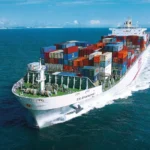


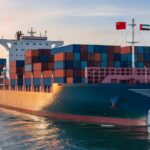





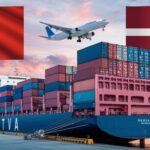
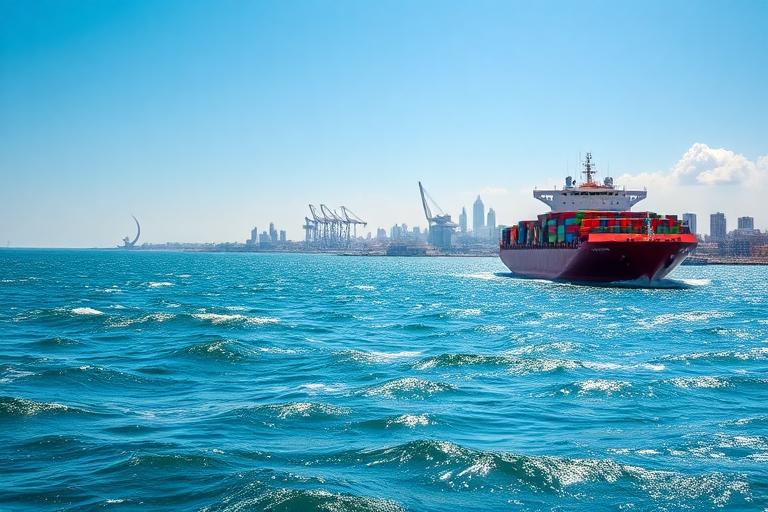
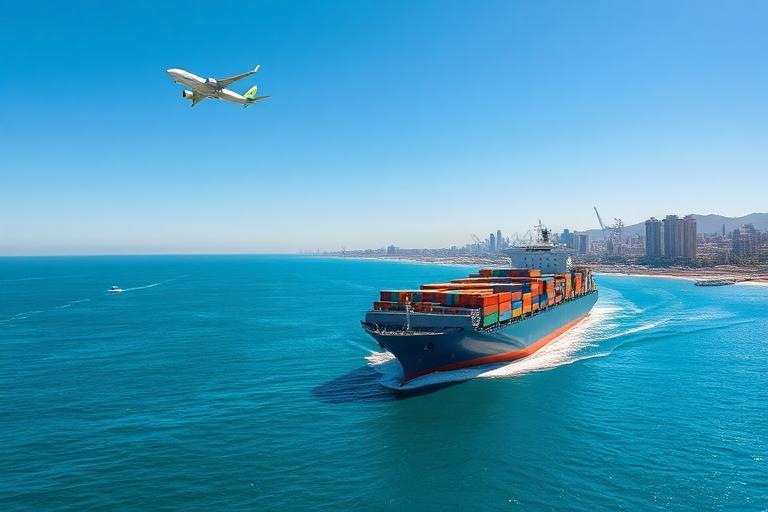
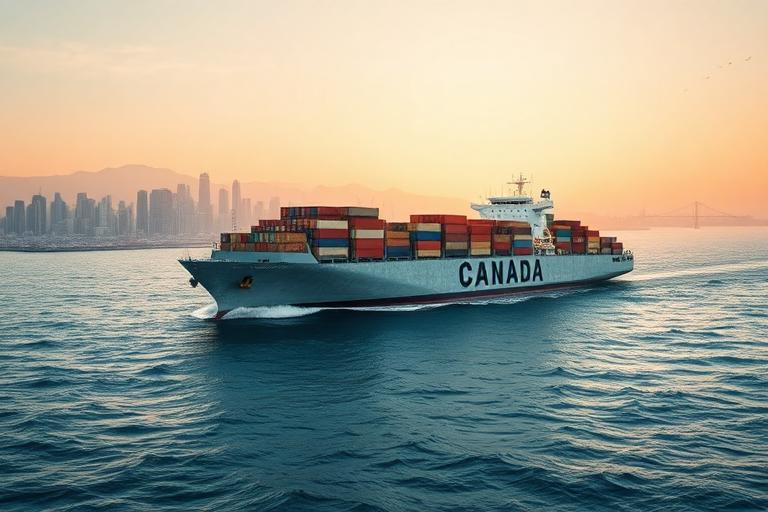
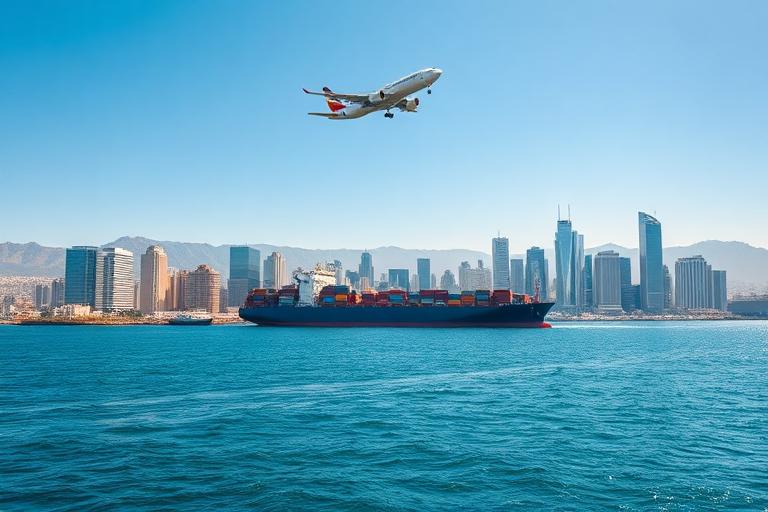
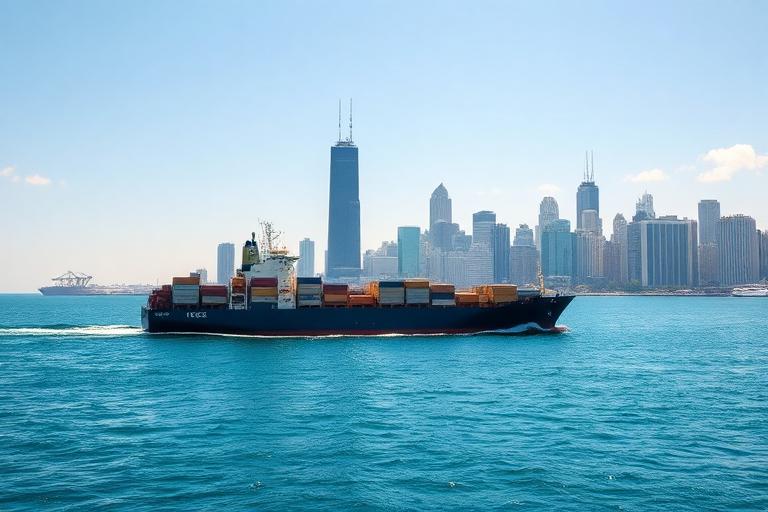





 Afrikaans
Afrikaans Shqip
Shqip አማርኛ
አማርኛ العربية
العربية Հայերեն
Հայերեն Azərbaycan dili
Azərbaycan dili Euskara
Euskara Беларуская мова
Беларуская мова বাংলা
বাংলা Bosanski
Bosanski Български
Български Català
Català Cebuano
Cebuano Chichewa
Chichewa 简体中文
简体中文 繁體中文
繁體中文 Corsu
Corsu Hrvatski
Hrvatski Čeština
Čeština Dansk
Dansk Nederlands
Nederlands English
English Esperanto
Esperanto Eesti
Eesti Filipino
Filipino Suomi
Suomi Français
Français Galego
Galego ქართული
ქართული Deutsch
Deutsch Ελληνικά
Ελληνικά Kreyol ayisyen
Kreyol ayisyen Harshen Hausa
Harshen Hausa Ōlelo Hawaiʻi
Ōlelo Hawaiʻi עִבְרִית
עִבְרִית हिन्दी
हिन्दी Hmong
Hmong Magyar
Magyar Íslenska
Íslenska Igbo
Igbo Bahasa Indonesia
Bahasa Indonesia Gaeilge
Gaeilge Italiano
Italiano 日本語
日本語 Basa Jawa
Basa Jawa ಕನ್ನಡ
ಕನ್ನಡ Қазақ тілі
Қазақ тілі ភាសាខ្មែរ
ភាសាខ្មែរ 한국어
한국어 كوردی
كوردی Кыргызча
Кыргызча ພາສາລາວ
ພາສາລາວ Latin
Latin Latviešu valoda
Latviešu valoda Lietuvių kalba
Lietuvių kalba Lëtzebuergesch
Lëtzebuergesch Македонски јазик
Македонски јазик Malagasy
Malagasy Bahasa Melayu
Bahasa Melayu മലയാളം
മലയാളം Maltese
Maltese Te Reo Māori
Te Reo Māori मराठी
मराठी Монгол
Монгол ဗမာစာ
ဗမာစာ नेपाली
नेपाली Norsk bokmål
Norsk bokmål پښتو
پښتو فارسی
فارسی Polski
Polski Português
Português ਪੰਜਾਬੀ
ਪੰਜਾਬੀ Română
Română Русский
Русский Samoan
Samoan Gàidhlig
Gàidhlig Српски језик
Српски језик Sesotho
Sesotho Shona
Shona سنڌي
سنڌي සිංහල
සිංහල Slovenčina
Slovenčina Slovenščina
Slovenščina Afsoomaali
Afsoomaali Español
Español Basa Sunda
Basa Sunda Kiswahili
Kiswahili Svenska
Svenska Тоҷикӣ
Тоҷикӣ தமிழ்
தமிழ் తెలుగు
తెలుగు ไทย
ไทย Türkçe
Türkçe Українська
Українська اردو
اردو O‘zbekcha
O‘zbekcha Tiếng Việt
Tiếng Việt Cymraeg
Cymraeg יידיש
יידיש Yorùbá
Yorùbá Zulu
Zulu